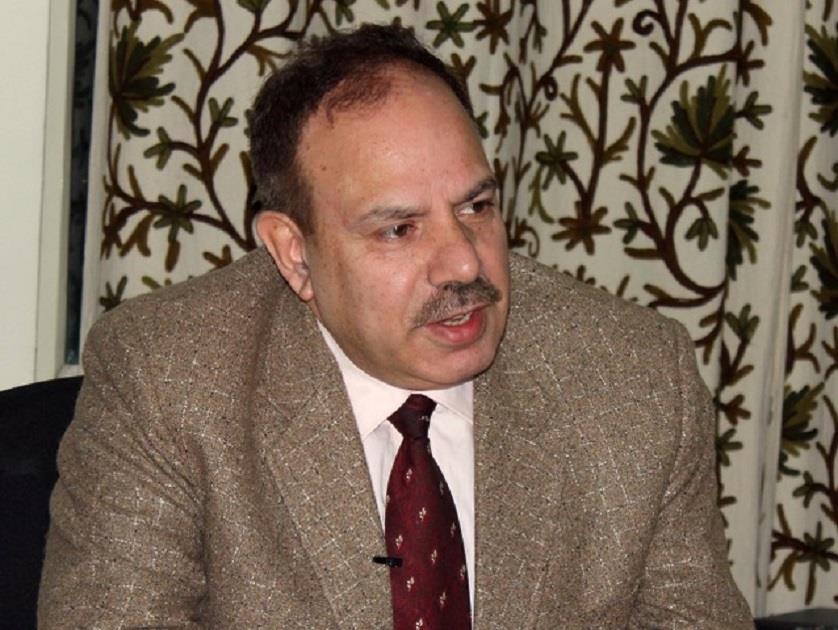
South Kashmir Heat Spike Not Tectonic Activity: Expert
Dispelling rumors circulating on social media, Dr. Romshoo clarified that the phenomenon is unrelated to volcanic, tectonic, or hot spring activity.
ADVERTISEMENTIn a post on X (formerly Twitter), Dr. Romshoo elaborated,“Intense warm-air advection over parts of South Kashmir caused a rapid increase in temperature and significant snowmelt on the afternoon of January 4th. Contrary to speculations and rumours on social media, this phenomenon is unrelated to volcanic, tectonic, or hot spring activity in the region. The air-mass transformation led to a strong surface-based temperature inversion, which often contributes to dense fog.
ADVERTISEMENTCombined with warm-air advection, usually associated with western disturbances, easterlies and other air masses, these atmospheric processes increased heat flux from the atmosphere, raising surface temperatures by an average of 10°C in a single day in some parts of South Kashmir,” Dr. Romshoo wrote.
He added,“Data from our South Kashmir observatories indicate that the warm-air advection began on January 2nd and peaked today. Please see the temperature profiles of Daksum, Matigawran, and Hirpora in South Kashmir which reflect warm-air advection. However, IUST (Awantipora) and many other stations in South Kashmir don't show any warm-air advection.
Read Also Warmest October Since 1901 in India, No Hint Of Winter In Nov Heat Wave In Autumn, Srinagar Hits 33.6°CThis process, where atmospheric motion transports warm air from a high-temperature region to a colder one (associated with westerlies, easterlies, and other air-mass transport), leads to a steady rise in temperatures as the warmer air displaces the colder air. The role of cloud cover, longwave radiation, and turbulent heat flux further contributed to the localized warming observed in the region.
Follow this link to join our WhatsApp group : Join Now
| Be Part of Quality Journalism |
| Quality journalism takes a lot of time, money and hard work to produce and despite all the hardships we still do it. Our reporters and editors are working overtime in Kashmir and beyond to cover what you care about, break big stories, and expose injustices that can change lives. Today more people are reading Kashmir Observer than ever, but only a handful are paying while advertising revenues are falling fast. |
| ACT NOW |
| MONTHLY | Rs 100 | |
| YEARLY | Rs 1000 | |
| LIFETIME | Rs 10000 | |
CLICK FOR DETAILS

Legal Disclaimer:
MENAFN provides the information “as is” without warranty of any kind. We do not accept any responsibility or liability for the accuracy, content, images, videos, licenses, completeness, legality, or reliability of the information contained in this article. If you have any complaints or copyright issues related to this article, kindly contact the provider above.






















Comments
No comment